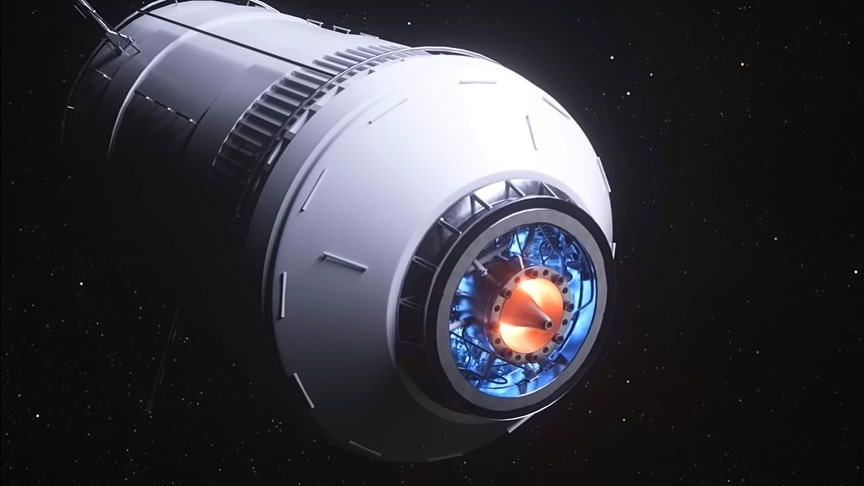A rotating detonation engine (RDE) is an engine using a form of pressure gain combustion, where one or more detonations continuously travel around an annular channel. Computational simulations and experimental results have shown that the RDE has potential in transport and other applications.
source/image(PrtSc): Real Engineering
In detonative combustion, the results expand at supersonic speed. It is theoretically more efficient than conventional deflagrative combustion by as much as 25%.Such an efficiency gain would provide major fuel savings.Disadvantages include instability and noise. Watch the video from Real Engineering for more info:
The basic concept of an RDE is a detonation wave that travels around a circular channel (annulus). Fuel and oxidizer are injected into the channel, normally through small holes or slits. A detonation is initiated in the fuel/oxidizer mixture by some form of igniter. After the engine is started, the detonations are self-sustaining. One detonation ignites the fuel/oxidizer mixture, which releases the energy necessary to sustain the detonation.
Advertisement
The combustion products expand out of the channel and are pushed out of the channel by the incoming fuel and oxidizer.On January 25, 2023 NASA reported successfully testing its first full-scale rotating detonation rocket engine (RDRE). This engine produced 4000 lbs of thrust. NASA has stated their intention to create a 10,000 lbs thrust unit as the next research step./source











